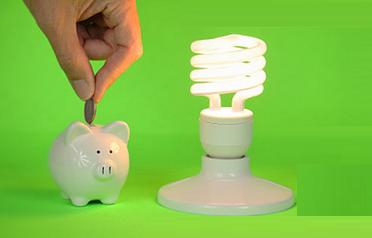Energy efficiency experts say that it’s the accumulation of tiny household activities that become huge expenses: the few more minutes spent in a hot shower, an additional degree on your heater thermostat, and the standby bulbs that chew away your power.
Australia has not been short of debates centered on large-scale energy efficiency. In fact, as Tasmania gets ready for some cool months ahead, the state is being urged to initiate its own energy audit.
According to data from Aurora Energy, an ordinary household customer incurs approximately $2000 every year on electricity bill, with the winter period recording the highest bill.
But did you know that simple energy-saving routines have enabled many households across the nation to pay nearly half the average?
Jamie Henderson of Your Energy Support (YES) team from Aurora says energy and cost savings can be achieved from small adjustments here and there.
Take a walk around your house and see what can be improved in every room. Actually, it has nothing to do with being cold; in fact, it’s all about being conscientious.
Energy Efficiency Tips
Miss Henderson offers households the tips below:
Living Room – reduce the heat level.
Laundry – use cold water to wash clothes and avoid using a dryer.
Kitchen – always stock your fridge and unplug the microwave when not in use.
Bedroom – instead of heating the entire room, just use an electric blanket
She also notes that having the correct type and size of heater had a significant impact on energy consumption, with plug-in heaters being considered the least efficient.
Overheating results in energy wastage and small-sized heating equipment strain to function even when they are powered at a maximum setting, and could ultimately cost you more money than large-sized heaters.
Those who use heat pumps in their homes and leave them running 24/7 with the fallacy of achieving maximum efficiency beware—a switched on heat pump uses more energy than the one switched off.
When a fridge is fully stocked, it will use less power since it won’t have too much air space to keep cool, hence saving on energy. Additionally, it won’t have to spill out cold air when the door is opened since it’s loaded to its optimum capacity.
And hey, you don’t have to stock your fridge with all sorts of food, all you have to do is fill up empty bottles with water and let them occupy the empty space.
The YES Program
Founded in November 2014, the YES program has been focusing on helping vulnerable customers. To date, the program has helped 2309 homes to reduce their electricity bills.
Judy Micklewright, a sustainability assessor from Sustainable Living Kingborough says people need to utilize the free daytime heating from the sun. Simply “Pull back your curtains and let in the sun,” she stated.
According to Ms Micklewright, drying clothes using sunlight is much better than engaging your dryer, and washing them in cold water is cost-effective than using warm water.
She claimed she had slashed her quarterly bill to about $300 by just using the simple energy efficiency measures.
Households that have installed solar systems could cut their power bills further considering that the number and cost of solar units have been soaring in the recent past.
Today, there are 31,320 small-sized solar units in Tasmania compared with just 75 in 2007. In 2017 alone, 2484 units of solar panels were installed, compared with just 25 in 2007.



